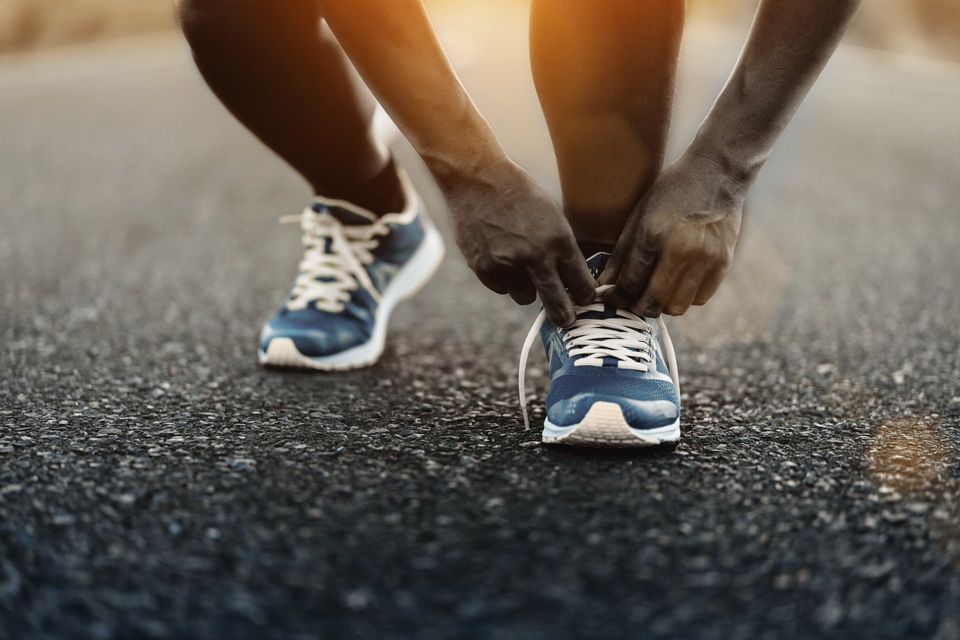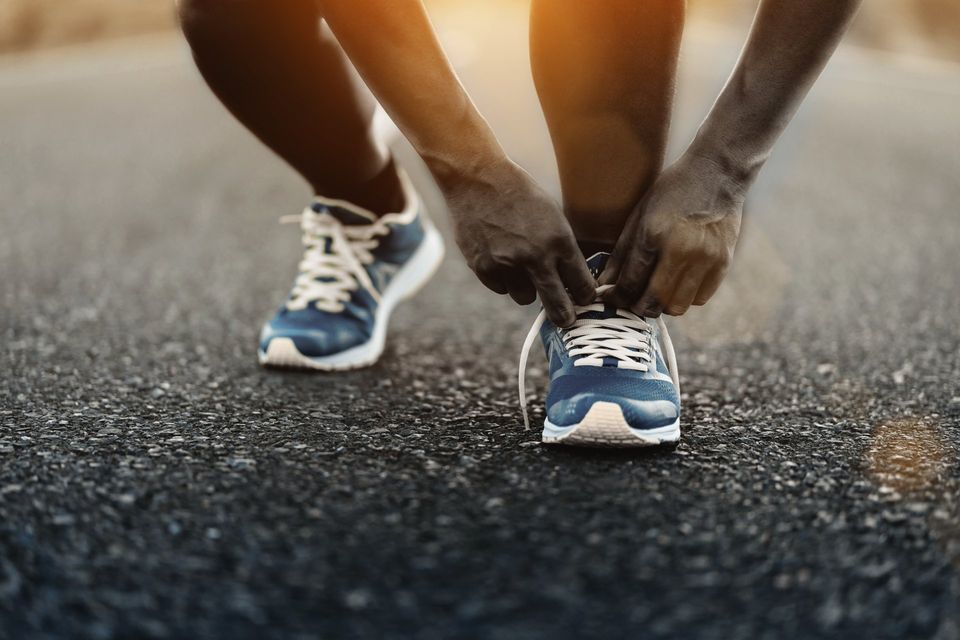Running Health Benefits: How Running Affects Your Brain & Body
Most people start running to get physical, social, and mental benefits. Following are a few reasons people choose to run.
According to Science,
- It is one of the most effective ways to achieve aerobic fitness
- Running can be an innovative weight loss strategy
- Running is an excellent stress reliever
- Running helps increase your mental strength
- Running reduces anxiety & boosts your mood
- People run for peace and solitude or with others for social interaction
- Running help release endorphins, and you can even experience a runners’ high
- You can achieve better overall health like increased metabolism, higher lung capacity, lower cholesterol levels, energy boost, and reduced risk of osteoporosis.
4 Different Types of Running
While running might seem a simple sport, there are several running types you may want to explore. Most candidates engage in any one or more of the following types of runs:
- Road Running
- Track Running
- Trail Running
- Treadmill Running
How To Run: 7 Beginner Tips To Get Started
Whether you are just starting your run as a beginner or starting over after a long break, it is significant to begin simple and build up gradually to avoid injuries.
Here are some incredible tips & strategies to get you started on the right track:
-
Buy Good Running Gear: Shoes, Clothes, Accessories
Wear a pair of running shoes that are comfortable, the correct type of footwear for your foot, and running style. Visit a specialized running shop to find the best shoes for you.
While there, check out technical gear such as running shorts, tops, or tights made from lightweight wicking-fibers. Although these garments are not essential for running, they can help you stay dry and comfortable while working out.
So, the good running gears are: - Best Running Shoes
- Best Running Clothes
- Fun Running Socks
- Best Headbands
-
Follow the Running Safety Tips To Avoid Injuries
Take the necessary measures to keep your body safe and injury-free. Follow a warm-up routine before you start running. Walk or exercise for 5-10 minutes before increasing your intensity. You can also add warm-up exercises, such as dynamic stretches or running activities.
Then make sure you follow running safety instructions such as:
- Run with A Buddy
- Alter Your Route
- Make Yourself Visible
- Don’t Run with Earphones
- Run Against Traffic
- Limit Your Distractions
-
Use The Run Walk Method For Beginners
You can begin your running plan through a combination runs with walking intervals. It is the easiest way to build strength with less strain on the joints and manageable intensity for beginners.
The Run Walk method is very simple:
- Just run for a short segment and then take a break,
- Keep repeating this pattern,
- Then try to lengthen the running intervals,
- As you feel more comfortable, switch to all running.
-
Follow the Beginners Running Guide To Make It Manageable
Your running workout might be challenging initially, but it should not be so hard that you never want to run again. Maintain a comfortable conversation pace during every activity.
Here are some essential tips for making it manageable: - Breathe in through your nose and mouth to get as much oxygen as possible,
- Try to breathe deeply to avoid side stitches or cramps.
- Cool down after each run by jogging, walking, or stretching,
- It will help you avoid tense muscles.
- Strive for consistency in your new running program, not speed or distance.
-
Proper Running Form: Tips & Techniques To Run Better
A proper form of running can help you become a more efficient runner. You can learn to save energy, improve your pace, run longer distances, and reduce injury risk only by observing and optimizing various elements of your running mechanics.
There are some basic form rules to follow:
- Practice Good Posture:
- Engage your core and look ahead.
- Do not bend your head or hang your shoulders.
- Expand your chest and keep it high.
- Use A Midfoot Strike:
- The way your foot hits the ground is called a foot strike.
- Try to land right in the middle of your foot and then roll over to the front of your toes.
- Avoid hitting the ground with your low heel to prevent injuries to your lower body.
-
Proper Hydration Is Necessary For Your Running Performance
You lose water through sweat, whether cold or hot, so you should drink before, during, and after running. While running, pay attention to your thirst level and drink when you feel thirsty.
Here are some specific hydration tips for beginner runners: - Measure your sweat rate and drink accordingly.
- You can moisturize with plain water – you do not need a sports drink.
- Try to drink 16-ounces of water an hour before you start running.
- Be sure to rehydrate after runs.
- Drinking water during the whole day is the most appropriate way to replenish fluid losses.
-
Beginner Runners Should Adjust Their Diet as They Start Out
What you eat before, during, and after a run has a huge impact on your performance and recovery.
More tips for Pre- & Post-Run nutrition include: - Before running, eat something light - rich in carbohydrates but low in protein, fat, and fiber.
- Aim to finish eating 90-120 minutes before you start your run.
- If you run for more than 90 minutes, you need to replace some of the energy you burn.
- After a long run, restore muscle glycogen by eating some carbohydrates and protein within 30 minutes of running. A good ratio of carbohydrate to protein is 3-1.
The Takeaway
A regular running routine offers a variety of benefits. Not only will it help increase cardiovascular fitness, but it also improves blood flow and brain function by lowering stress and lessening the risks of some health conditions.
Finding success with a running routine for beginners requires persistence, patience, and time. Committing, following a plan, and consistent with your training plan is a great place to start.
The Anchor Gym System is a one-of-a-kind, patented, wall-mounted anchor system that is versatile and affordable. Contact us today to learn more!


